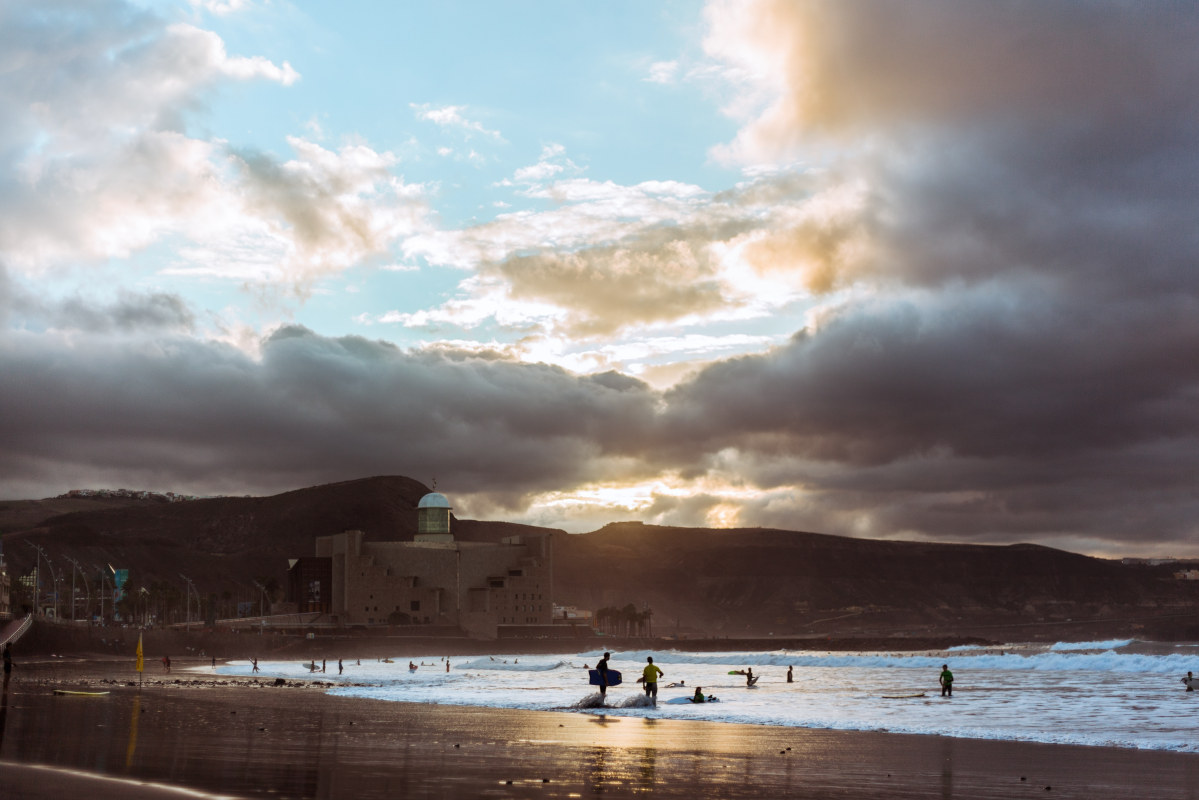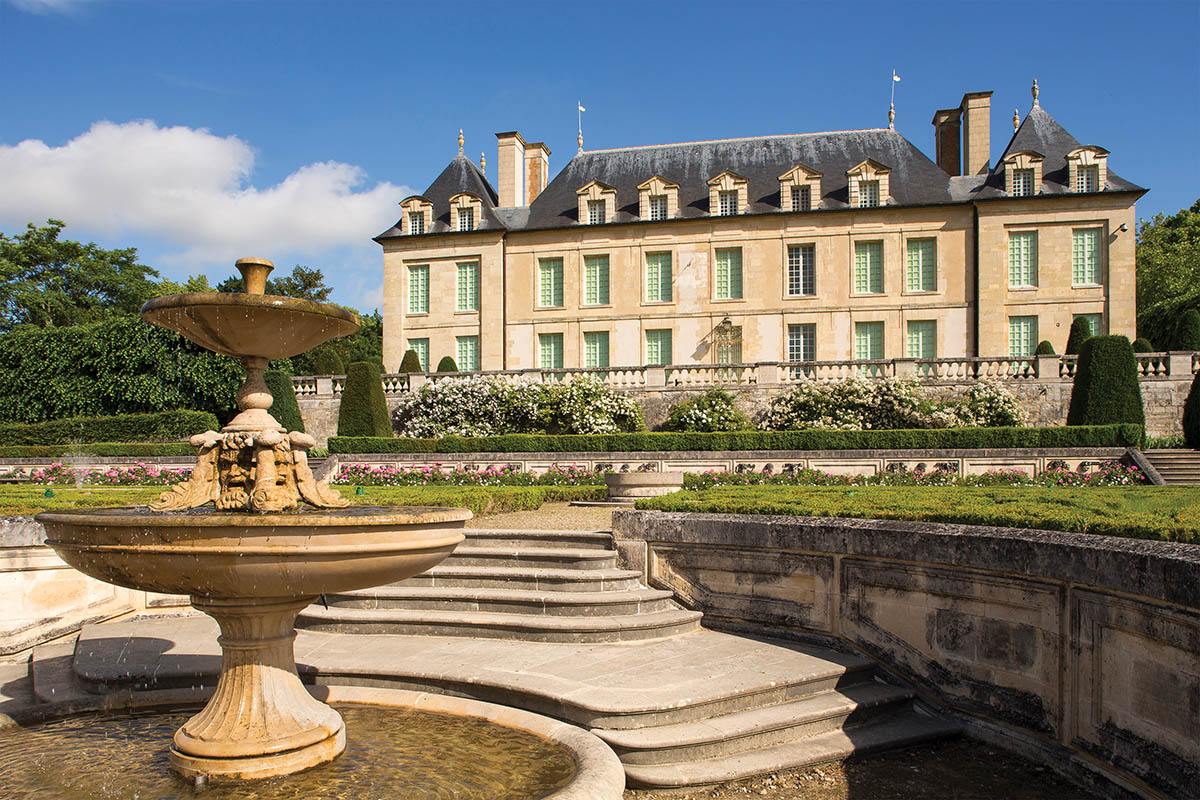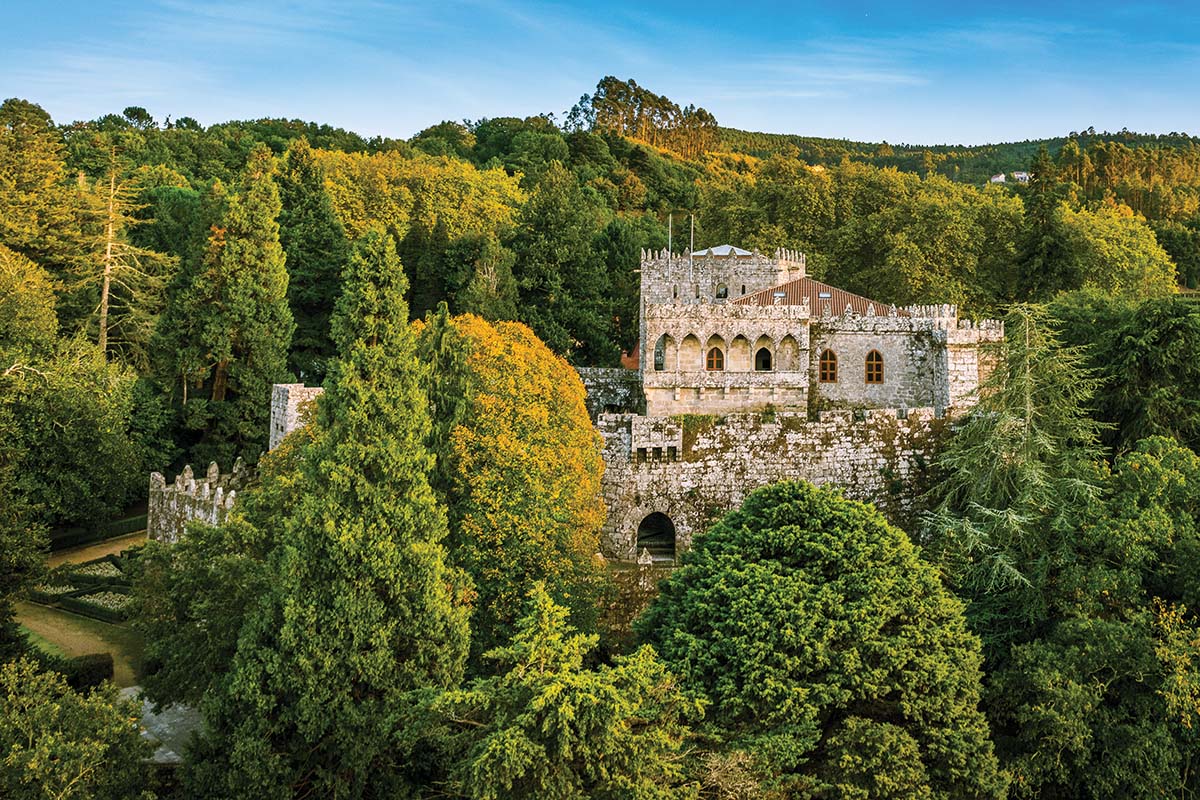A weekend in Las Palmas de Gran Canaria: Volcanic beauty in the city of eternal Spring
Text: Noelia Santana

La Ciceri © Unsplash
The Canary Islands are well-known for their ever-lasting good weather and cheap package holidays. But forget about the resorts and over-crowded destinations, because the city of Las Palmas de Gran Canaria is the next city break in vogue, with a great deal to offer: art, culture, sports, delicious food and – of course – sun! Lose the myriads of tourists at the airport and take the less-travelled roads to mingle with the locals in this beautiful city of the sea.
Gran Canaria sure has no shortageof tourists. It welcomes a staggering four million visitors every year (20 per cent of which are British), making it the second-most-touristic Canary Island, after Tenerife. A vast majority of them comes for the sunny weather and golden beaches; especially its desert-like Maspalomas beach attracts many a ‘playaphile’. In the core of the island, lies the mighty Pico de las Nieves, the volcano to which Gran Canaria thanks its existence. Around it, you can undertake plenty of fabulous hikes. Yet, alongside all its natural beauty, Gran Canaria also bursts of urban cosiness in the capital. Because Las Palmas de Gran Canaria is way more than just another town by the ocean.

Views from La Cicer. Photo © Hello Canary Islands
Saturday:
At the seafront
One of the must-do’s when visiting Las Palmas, is to soak up some sun and fresh sea breeze at Las Canteras beach. Locals take extreme pride in this stunning city beach, and you will quickly find out why.
The ‘playa’ stretches for over four kilometres of golden sand, but the best way of taking it all in is by walking the seven kilometres of ‘Sendero Azul’ that will take you from the untouched beauty of ‘El Confital’, to the monument of ‘el Atlante’, a volcanic stone woman praising the Atlantic Sea. Along the path there are 15 panels that tell you little stories and fun facts about the beach.
There are many restaurants along the promenade to enjoy the best of the Canarian cuisine. Fresh fish is the main produce, ‘canary style’ the best option: grilled with garlic and parsley and accompanied by ‘papas arrugadas’ and ‘mojo picón’.

Photo © Unsplash
Don’t forget your swimsuit and your goggles for some spontaneous snorkelling around the middle of the beach in ‘Playa Chica’, the rocky complex that you can see from the promenade. If the tide is not too high, you can enjoy the incredibly rich wildlife with your own eyes. After a dip, indulge your sweet tooth with the best ice cream from ‘Peña la Vieja’ ice-cream shop.
Keep walking along the promenade towards La Cicer, the bohemian part of the beach. Admire a bit of modernism by the artist Nestor de la Torre and impeccable street art telling a story about the depths of the ocean. La Cicer is also the best place for the adrenaline junkies to test their surfing skills either by renting a board or booking lessons from the many Surf Schools available. You will be sharing waves with some of the best surfers in the world, so watch out for tips!
The beach is watched over by the emblematic symbol of the city: The Alfredo Kraus Auditorium. This fortress-like building was built in remembrance of the acclaimed Canary tenor, Alfredo Kraus, and holds a great number of cultural events. Walk around the exterior to get a glimpse of all the different details surrounding the structure, like the realistic statues of the island’s marine fauna guarding the four façades of the building. Be sure to book a tour or a ticket to one of the many events to witness and admire the interiors.
After plenty of walking – and hopefully a little swimming, too – take a break and finish off a perfect day with a drink at Mumbai Sunset’s terrace. Try a Macaronesian gin and tonic; the gin is made right here in the Canary Islands. They also have live music on Saturdays, so stay for a party with the locals!

Pueblo Canario. Photo © Hello Canary Islands
Sunday:
Inlandwards
After a great day spent on the beach, immerse yourself in some more Canary culture by visiting the city centre. The best place to start is in Parque Doramas, where you will be welcomed by the Atis Tirma, a monument that represents the resistance of the aboriginals against the European conquerors.
Follow the beautiful gardens to transport yourself to the Belle Epoque by admiring many great examples of Canarian modernist architecture such as the hotel Santa Catalina or the Pueblo Canario. At noon, you can enjoy a show of folk music and dance, followed by some shopping for handcrafted souvenirs and, of course, traditional Canary food at a tavern!
Carry on by foot towards Triana, a high street full of life and colourful buildings, for even more examples of Canarian modernism. Go off the main street and follow the stone pavements to find little boutiques and cosy restaurants.

Vegueta. Photo © Unsplash
After a good lunch, keep walking towards the old part of town, Vegueta, the 15th-century settlement that is the birthplace of Las Palmas. The charming streets are flanked by historical buildings such as the Casa de Colón, the Santa Ana cathedral and the Museo Canario. Get lost in it, amble through the cobbled streets, take in all the architectural compositions around you, varying in style from Gothic to Renaissance. During summertime, those same enchanting streets turn into the setting of many live theatre experiences and concerts.
Before catching your flight home, head to the roof terrace of La Azotea de Benito for a refreshing cocktail and fabulous views. What better way to say ‘hasta pronto’ to this dreamy volcanic island lost in the Atlantic Ocean?

Ermita de San Antonio, Vegueta. Photo © Las Palmas de Gran Canaria
Getting there Many airlines travel directly to Gran Canaria. From London, Jet2, Ryanair, Easyjet, Norwegian and British Airways all have direct flights (around four hours’ journey) to the only airport on the island. It’s the same for almost all the major British airports. Easy connections from Las Palmas Airport to the city are available through Salcai (approximately 20 minutes) and cost around five euros for a one-way ticket, which takes you either to the city centre (Parque San Telmo) or, for those staying near the beach, to Parque Santa Catalina. Getting around The best way to travel is by Guagua, the local yellow buses that run all around town. Grab a card that you can top up as you go. Taxis are also cheap and easy to catch. A great night’s rest The best place to stay is by the beach, with many hotels catering for all budgets. Reina Isabel (from €185 per night) or Hotel Aloe Canteras (around €90 per night), both with amazing views of the beach. Where to eat For amazing fresh fish straight from the sea, try La Marinera in Las Canteras. For tapas with an unexpected twist, La Macarena. Many other cuisine options are available, but please, don’t go home without trying the local fish!
Subscribe to Our Newsletter
Receive our monthly newsletter by email





